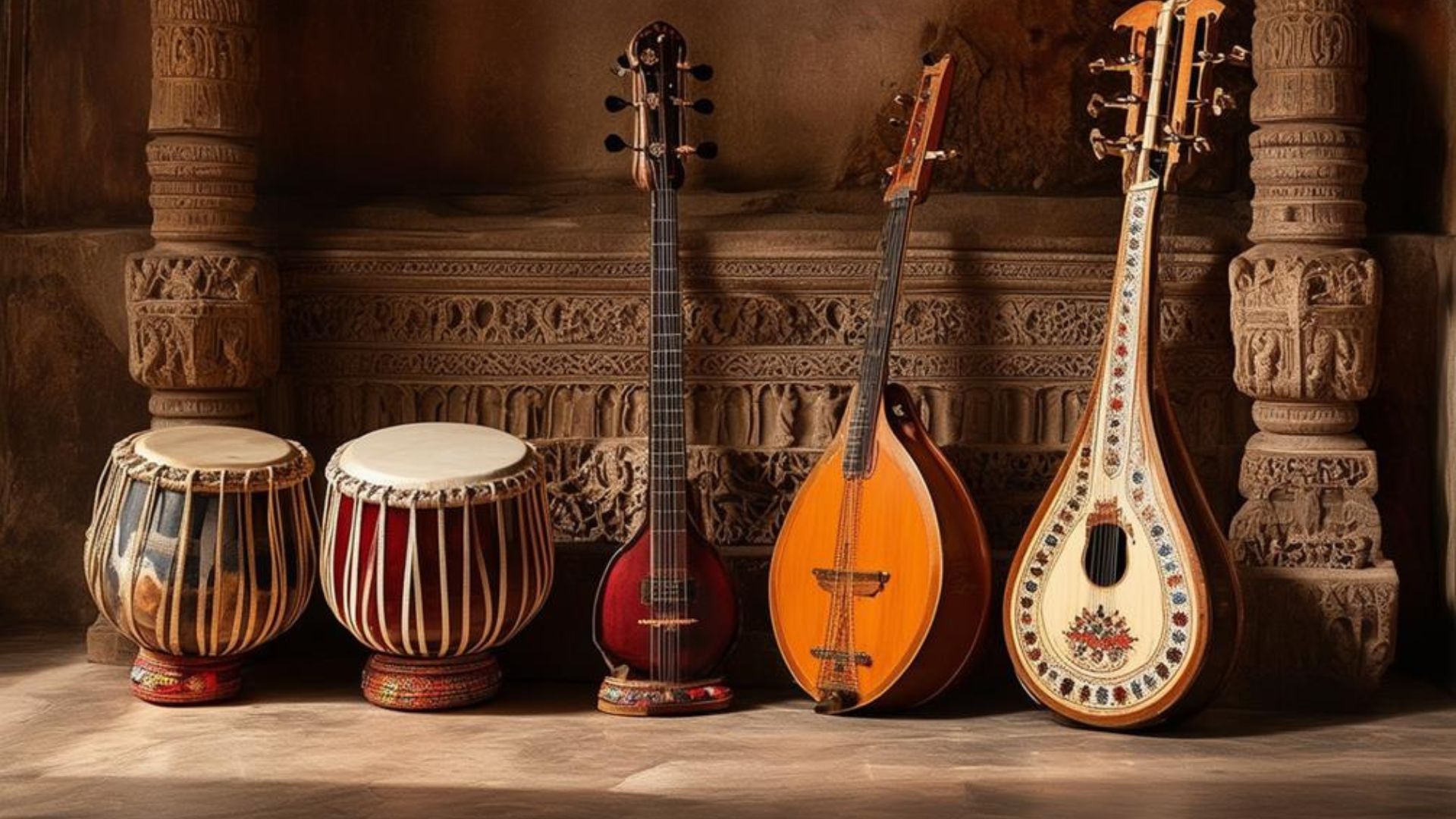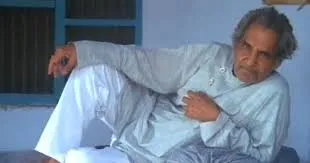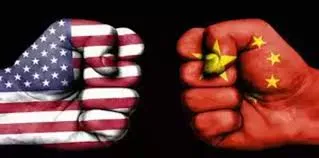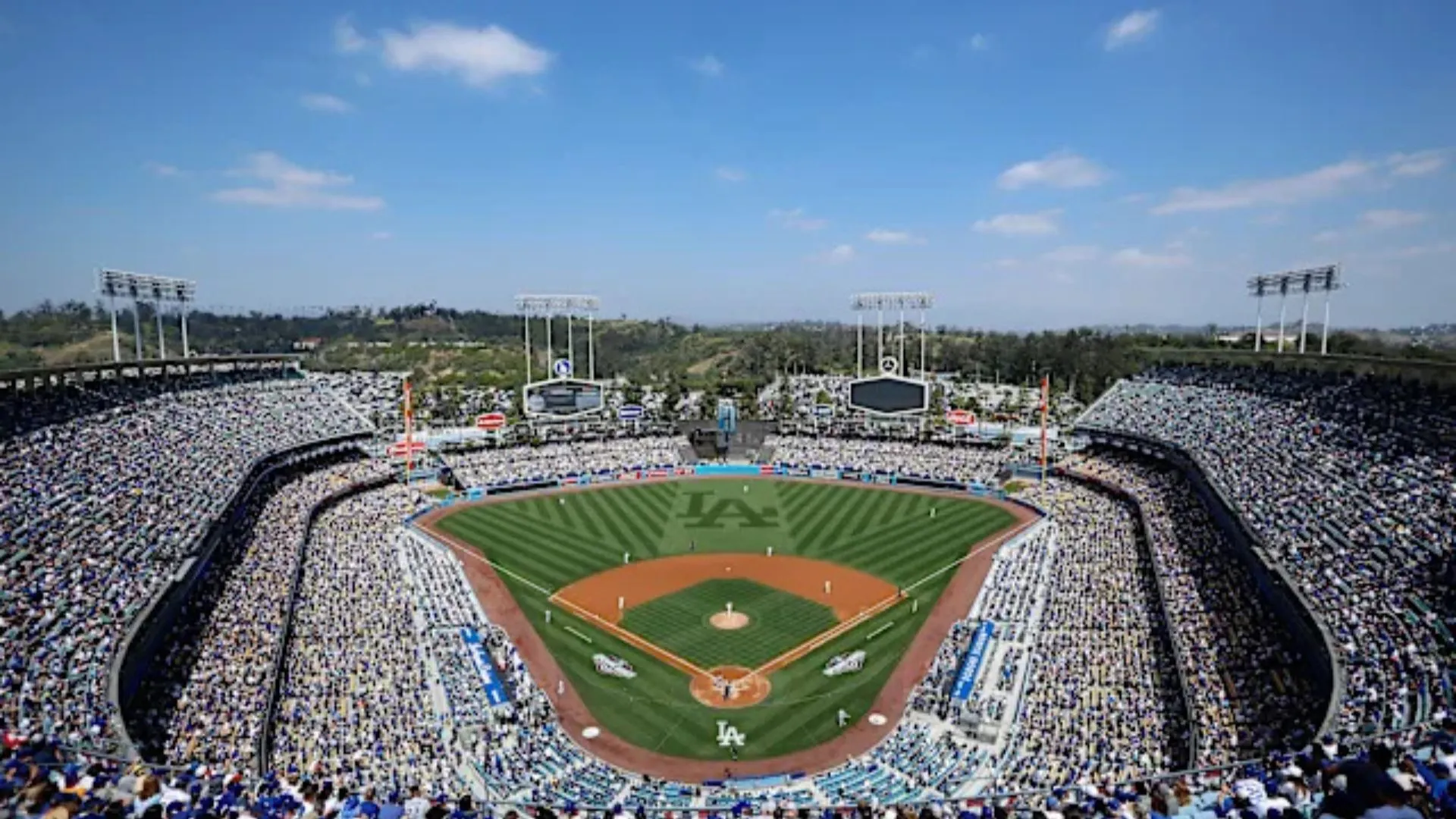Indian music, with its history spanning thousands of years, has always been a profound expression of the country’s cultural and spiritual ethos. From classical ragas to contemporary Bollywood tracks, it is a rich tapestry of tradition, innovation, and emotion. Over the past century, Indian music has not just flourished within the country but gained popularity on the global stage — influencing and being influenced by other musical traditions.
In a recent study, music platform Spotify revealed that global consumption of Indian music jumped by more than 2,000% on its platform between 2018 and 2023. In 2023 alone, the global consumption of music from India jumped 85% YoY (year-on-year) and ‘Naatu Naatu’, from S.S. Rajamouli’s RRR, brought home an Oscar. The 2024 Grammy Awards also saw five Indian greats — tabla maestro Ustad Zakir Hussain, flautist Rakesh Chaurasia, violinist Ganesh Rajagopalan, percussionist Selvaganesh Vinayakram, and singer Shankar Mahadevan — winning honours.
The distinct vocal styles of classical music to the tune of instruments like the sitar, tabla, mridangam, and veena have laid the foundation for Indian music’s journey to the global stage. Apart from Hindustani classical, Indian musical forms also include a wide repertoire of folk and film music, particularly Bollywood, which resonates widely in the international arena.
Early Forays into Western World
One of the pivotal figures who introduced Indian classical music to the Western audience was Pandit Ravi Shankar. His collaborations with musicians from the West, particularly The Beatles’ George Harrison, marked a watershed moment. Harrison’s fascination with the sitar during the shoot of their film, Help, paved the way for a broader engagement with Indian music. Ravi Shankar’s performances at major music festivals, such as 1967’s Monterey Pop Festival and the 1969 Woodstock, captivated international audiences and fostered a deeper appreciation for Indian classical music.
His interactions with American composers like Philip Glass and John Coltrane further strengthened the cross-cultural exchanges between Indian classical traditions and Western avant-garde music. His partnership with American-British violin virtuoso Yehudi Menuhin won Ravi Shankar (and India) the first of his five Grammys.
Indian classical music continues to attract a devoted international following. Prestigious venues such as Carnegie Hall in New York and the Royal Albert Hall in London have hosted performances by Indian maestros like Pandit Bhimsen Joshi, Lata Mangeshkar, Hariprasad Chaurasia, and Zakir Hussain. Music festivals dedicated to Indian classical music, such as the Darbar Festival in London, have helped promote the tradition abroad.
Bollywood: India’s Pop Music Goes Global
Hindi film music truly made Indian music mainstream on a global scale. The songs have transcended linguistic and cultural barriers. Raj Kapoor’s ‘Awara Hoon’ from the 1951 film Awara became a rage in the erstwhile Soviet Union as did ‘Mera Joota Hai Japani’ from 1955’s Shree 420. Hindi music continued to hold sway abroad with the popularity of films like Disco Dancer in the 1980s. Over the years, songs from Bollywood films — a fusion of Indian folk, classical, and Western popular music have reached millions worldwide.
In the 1980s, Indian composer Biddu brought disco beats to India. This, in turn, revolutionised Indi-pop and made it popular worldwide. Songs like ‘Aap Jaisa Koi’ (Qurbani, 1980), and albums, such as Disco Deewane, scored by him and sung by Nazia and Zoheb Hassan, resonated with listeners the world over.
More recently, A.R. Rahman’s ‘Jai Ho’ (Slumdog Millionaire, 2008), once again brought Indian popular music into the global spotlight after it won the Academy Award for Best Original Song. Rahman’s unique blend of Indian classical music with electronic, rock, and other global influences has redefined the sound of Indian cinema and contributed significantly to its international appeal.
Today, Bollywood music’s influence is evident in numerous international collaborations, from Indian artistes working with Western producers to the growing interest in Bollywood-style music and dance in places as far away as South America, Europe, and Africa.
World Music and Indian Fusion
In 1973, the creation of the band Shakti became a turning point in the history of Indian music’s spread in the West. Formed by guitarist John McLaughlin, Ustad Zakir Hussain, and the god of ghatam, T.H. Vinayakram, Shakti combined jazz and Indian classical music (both Carnatic and Hindustani) to create a hybrid genre that struck a chord with audiences worldwide.
The rise of ‘world music’ as a genre in the 1980s and 1990s created a new space for Indian music to flourish internationally. Collaborations with Western artistes, such as Peter Gabriel, brought South Asian devotional music to a global audience. Other musicians like Talvin Singh and Nitin Sawhney emerged from the ‘Asian Underground’ movement in the UK, blending Indian music with electronic beats, drum and bass to create a distinctly modern, urban sound that attracted Western ears.
When it comes to folk music, the American relationship with Baul music dates back to the 1960s, when Purna Das Baul, a veteran folk singer from West Bengal, forged a friendship with Nobel laureate-singer Bob Dylan. And now, the US government has granted land to Baul singer and musician Parvathy Baul, to set up a Baul centre in Colorado!
Digital Revolution and Indian Music
The advent of digital platforms like YouTube, Spotify, and Apple Music has opened up new avenues for Indian music to reach global audiences. Indian musicians now have the opportunity to share their work, free from the constraints of geography. Platforms such as Coke Studio India and MTV Unplugged India showcase Indian performers and their blends of traditional and contemporary music, reaching millions worldwide, through digital streams.
A Global Harmony
As Indian music continues to evolve and blend with other genres, its place on the international stage is only set to grow stronger. Its distinct stylews together with its versatility will ensure that it will have a dynamic, ever-changing identity in an interconnected world — like India itself.





















